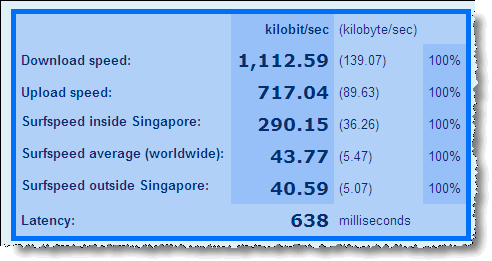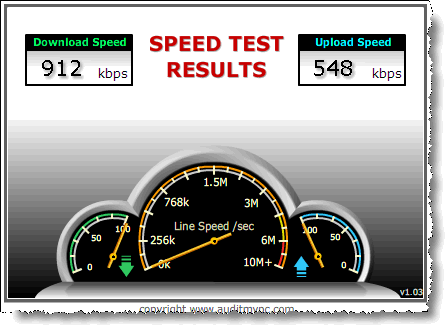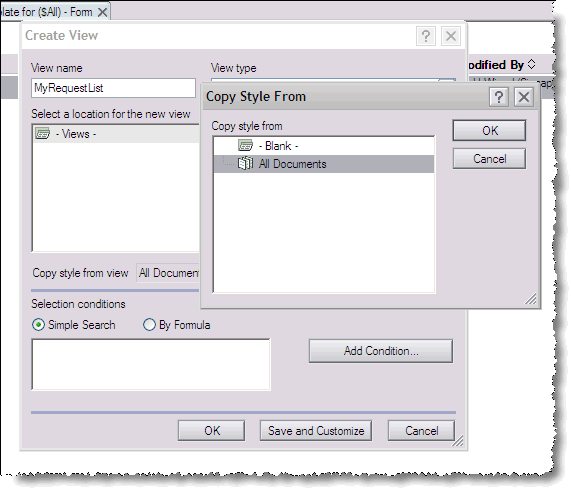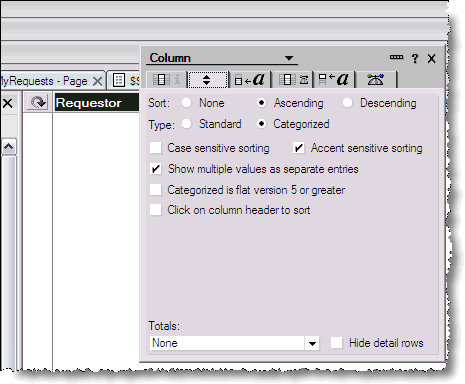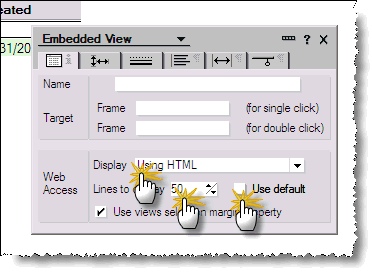One of my favorite business authors are
Jeffrey Pfeffer and
Robert I Sutton. They teach at
Stanford and
Harvard and create woderfull business books. Sutton even overstepped Harvard's fine taste and created a book titled "
The No Asshole Rule" (Highly recommended read).
In their book "
Hard Facts, Dangerous Half-Truths And Total Nonsense" Pfeffer and Sutton advocate evidence-based management. This deeply resonated with me, probably because my childhood playground was a law firm and evidence daily business there.
In a nutshell: solid evidence should replace "conventional wisdom", "usual practices", "management hypes" and other nonsense. They suggest four easy sounding questions to be asked before implementing a business idea or practice (on page 22):
- What assumptions does the idea or practice make about people and organizations? What would have to be true about people and organizations for the idea or practice to be effective?
- Which of these assumptions seem reasonable and correct to you and your colleagues? Which seem wrong or suspect?
- Could this idea or practice still succeed if the assumptions turned out to be wrong?
- How might you and your colleagues quickly and inexpensively gather some data to test the reasonableness of the underlying assumptions?
- What other ideas or management practices can you think of that would address the same problem or issue and be more consisten with what you believe to be true about people and organizations?
The questions should be answered using solid facts, clear evidence. This made me think about evidence and what I know about it. There are several levels of evidence which I will shed a light on. I won't talk about witnesses, because they
give evidence but they are not evidence per se:
Anecdotical evidence
How to get a conversation going? Tell a story. We all love a good story, be it love, drama or horror. Stories are easy to obtain and are an excellent means to bring a point across. Well told they can change the perception of a topic. However anecdotes have a dark cousin, the "
Urban myth". We hear horror stories every day "Using xyz will lead to abc, so better...." and eventually we even tell them. The biggest issue with anecdotical evidence: it is not repeatable. What worked for the
fish sellers in San Francisco might not work in your environment. To no surprise anecdotical evidence is not court admissible.
Statistical evidence
Running the numbers provides you with evidence that is rock solid and the undisputable bedrock of your management practice? Well some
beg to differ. While numbers don't lie you might be seduced to look at the wrong number pairs or jump to wrong conclusions. E.g. (this is an anecdotical evidence bringing my point across):
it is 45% more likely that a woman who uses red color for her fingernails is committing murder of her husband. So banning red nail polish will lower the crime rate? Typical "sins" in statistic:
- Using (only) analysis that supports a point that had been determined beforehand.
- Overlooking the effect of time: Marketing money spend today will yield revenue only month down the road.
- Seeing connections where there isn't: The number of storks and birth in northern Germany is pretty constant.. so who is bringing the babies?
- Overlooking other factors: market saturation, competition, change in preferences (fashion anyone)
- Linear extrapolation: I start my business with 2 people, after 4 month I hire two more, then 8 month later another 4. So I look at the numbers and say: oh my staff growth is 500% per year. So in less than 7 years I will be bigger than Microsoft and a few years later bigger than IBM. The 10% annual growth projection is not as drastic, but the numbers add up quickly too. You need some lessons in the law of diminishing returns to avoid that.
Since economics has so many factors to consider statistical evidence is a crude but readily available instrument to measure an idea or your results. The only thing to be careful about:
You will get what you measure!
Forensic evidence
The favorite for all CSI and crime story fans. Using high tech equipment and the latest science you find out who's fiber that was and where and when the bullet was fired. Forensic evidence is typically directed backwards, explaining "what did happen" rather then "what will happen if...". In business this is useful as raw material for new theories or to nail down the bad guys (
Enron anyone).
Scientific evidence
The cousin of forensic evidence. They share a lot of the methodology but are quite different. At the core of scientific evidence lies a thesis or model with an important property: it needs to be able to be falsified. Science is always on the outlook to prove their own models wrong. If the models stand these tests, then they become accepted knowledge. Of course only until the model is superseded by a better one. Einstein's relativity theory superseded Newton's view of the world without the need to call Newton names or un-scientific. The hallmark of scientific evidence is the statement "to our best knowledge". This is also a clear differentiator to believe: if you believe that the world is 5000 years old, be my guest. Such a believe is 100% unscientific, since it lacks the readiness to let go once better insights are available. Or on other words: if it can't be falsified it is not scientific (and doesn't belong in science classes).
Other than forensic evidence scientific evidence can look forward: "If you mix Oxygen and Hydrogen in any combination between 5% and 95% it is highly explosive and will show an rapid exothermic reaction (a.k.a. explosion) that will create water". In business scientific evidence is expensive to obtain since it is nearly impossible to recreate the same laboratory experience. So most scientific methods in business take quite a dose of statistics.
Spiritual evidence
Looking
around one might get the impression, that Spiritual evidence and Scientific evidence are each others nemesis. However Einstein is
attributed with the quote: "
Science without religion is lame, religion without science is blind." and I think he is right. (Very dangerous territory I'm walking in...). Spiritual evidence is the result of a personal mystic experience that lends one an insight into your own and the world being. While it is commonly related to religion and religious groups I firmly believe such evidence is deeply personal and non-transferable. Your spiritual group or your teacher can facilitate an experience or help one to cope with it, but it is your very own personal evidence. Spiritual evidence can be you guide to keep your business on track in its moral and ethic dimensions (if you trust that evidence).
